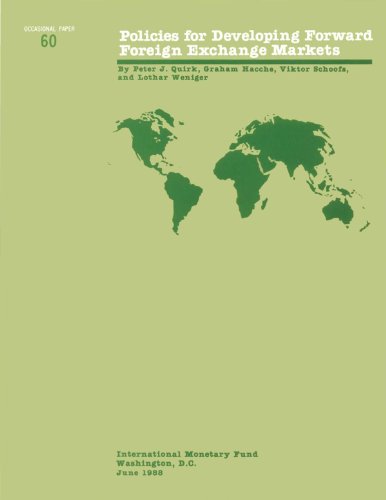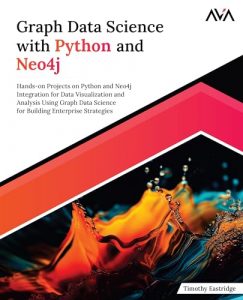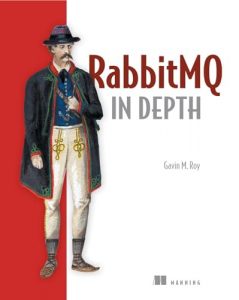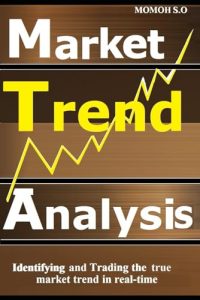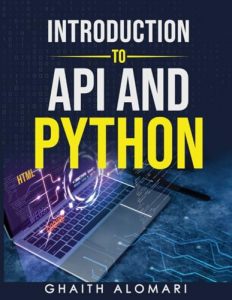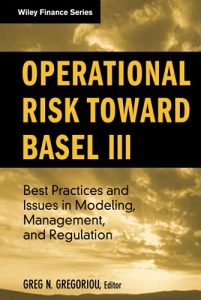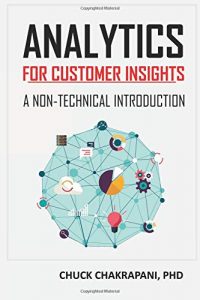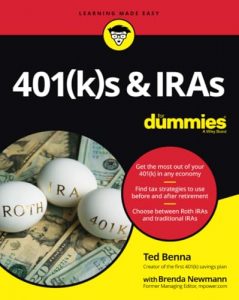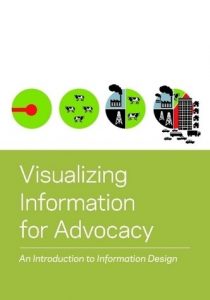1. Policies for Developing Foreign Exchange Markets
Written by experts from the International Monetary Fund, this piece dives deep into the essential policies necessary for developing foreign exchange markets. Instantly relevant for economic students and professionals alike, it frames the discussion around the significance of currency policies in global trade. Understanding these policies offers insight into how economies operate, particularly in developing nations. This is an invaluable read considering the global financial landscape has evolved considerably since its publication in 1988, yet the foundational concepts remain crucial.
2. Foreign Exchange Issues, Capital Markets, and International Banking in the 1990s
This book by Khosrow Fatemi and Dominick Salvatore travels back in time to explore the complex interrelations within the global financial system during the 1990s. It highlights the various foreign exchange issues and capital market movements that shaped today’s banking practices. Despite being rooted in a past era, its insights into risk and regulatory environments are highly relevant for policymakers and investors navigating modern markets. A must-read for finance professionals aiming to understand the historical context of today’s strategies.
3. Debt, Risk and Liquidity in Futures Markets
Barry Goss’s insightful examination of futures markets delves into the systemic risks associated with debt and liquidity. This book is vital for understanding the interplay of financial instruments in the futures market and how they affect broader economic conditions. Goss provides foundational knowledge that applies to current challenges in financial markets, making this a critical read for both seasoned traders and novices looking to build a solid comprehension of market operations.
4. Foreign Exchange and Foreign Debts
Hubert C. Walter’s work systematically approaches the dense topic of foreign debts, emphasizing their critical role in managing exchange rates. The historical context coupled with contemporary analysis offers readers an understanding of the policy implications concerning currency valuation and international debt relations. This is an essential read for anyone interested in international finance and the pressures that debt imposes on currency stability.
5. Currency Politics: The Political Economy of Exchange Rate Policy
In “Currency Politics”, Jeffry A. Frieden dissects the political dimensions that underpin exchange rate decisions. With insights from political economy, this book reveals how various political factors influence monetary policy. It’s an imperative read not just for economists but also for anyone involved in policymaking, as it showcases the intricate balance between politics and economics in shaping financial outcomes.
6. Trading at the Speed of Light: How Ultrafast Algorithms Are Transforming Financial Markets
Donald MacKenzie offers an intriguing look into the world of ultrafast algorithms and their disruptive impact on financial markets. His thorough exploration of high-frequency trading reveals how technology has altered not only trading strategies but also market dynamics. This book serves as both a cautionary tale and an insightful guide for traders aiming to adapt to the evolving technological landscape within finance.
7. Lending to the Borrower from Hell
This title by Mauricio Drelichman and Hans-Joachim Voth explores historical debt crises during the reign of Philip II, drawing parallels to modern financial dilemmas. The engaging narrative weaves economic theory with history, offering lessons that are still valid in understanding modern borrower-lender dynamics. It’s a fantastic book for historians and economists alike, unearthing the nuanced relationship between debt, statesmanship, and economic policy.
8. Exchange Rate Regimes in the Modern Era
Michael W. Klein and Jay C. Shambaugh present a rigorous analysis of current exchange rate regimes and their economic implications. This book offers critical insights that align with today’s financial landscape, making it essential for economists and academics pursuing a deeper understanding of global currency systems. The clarity presented in their arguments renders this a valuable resource for students and professionals alike.
9. Day Trading Mastery: Complete Beginners Guide
Raphael Williamsburg’s practical guide is the perfect launchpad for novices entering the world of day trading. Covering essential strategies and tools, it’s packed with actionable insights that aim to empower readers to make profitable trading decisions in a month or less. This book is particularly suitable for the aspirational trader looking to grasp the fast-paced environment of stock and forex trading.
10. Paper Promises: Debt, Money, and the New World Order
Philip Coggan’s exploration of money and debt in the modern economy reveals the underlying principles that govern our financial systems. This book sheds light on how these concepts dictate the state of global economies, making it a vital read for anyone interested in understanding the future of financial evolution. The seamless blend of economic theory with current events makes it an engaging and informative read.

